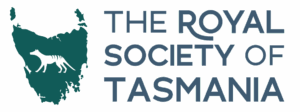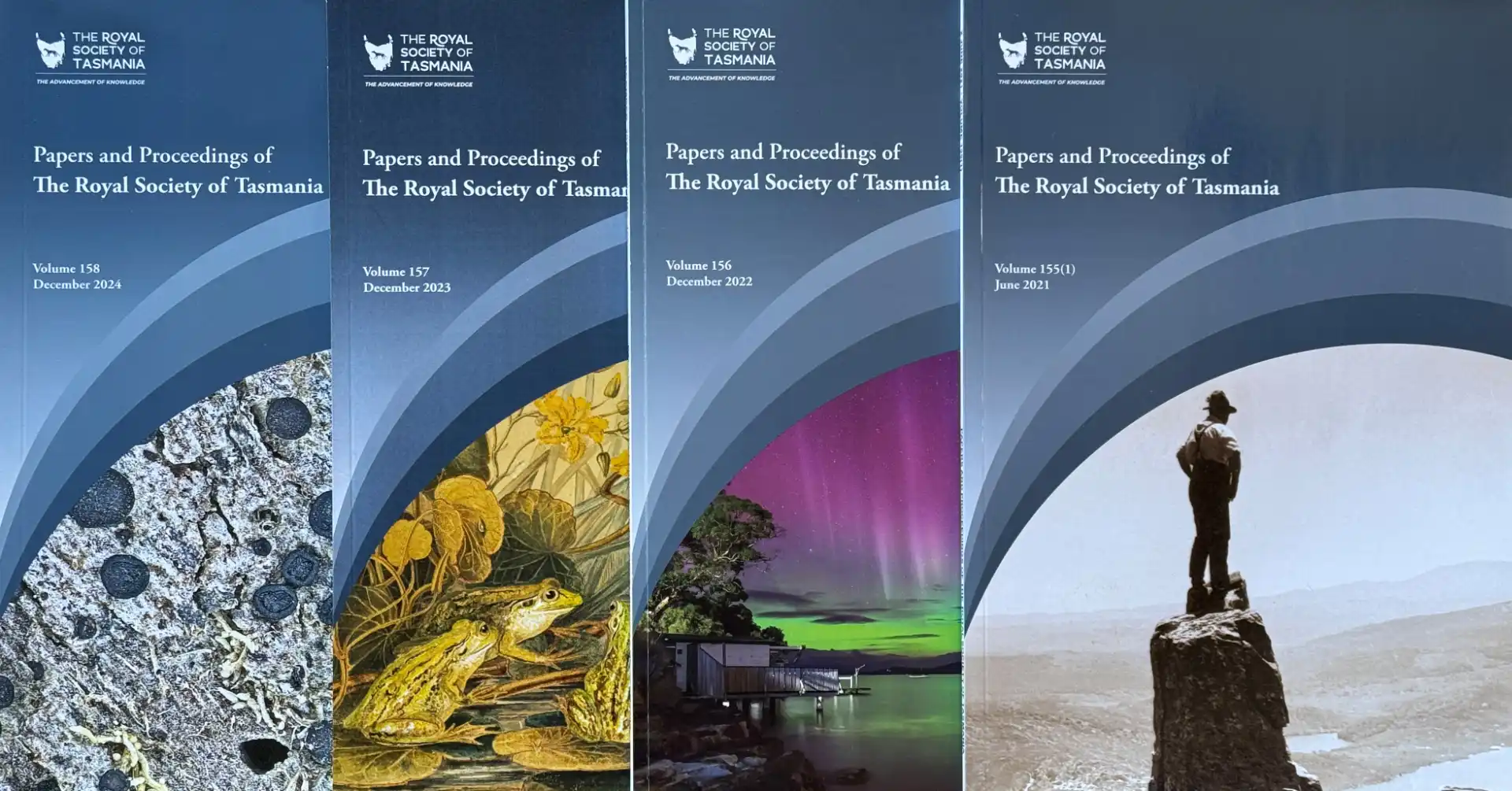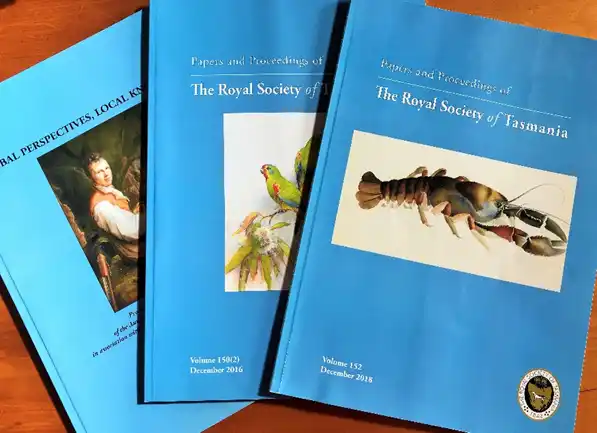Drawing on the interpretation of archival information and historical anecdotes, this paper identifies George William Barnard as the author who produced a historic map of King Island, Tasmania, recording information collected in the summer of 1826–1827. These findings ensure the chronology of historical knowledge is maintained and enable institutions to improve metadata for existing copies […]

RST Apology to Tasmanian Aboriginal people 2021.





